It may be both thrilling and intimidating to begin constructing a new house. It’s a special chance to create a room that is wholly original to you. According to your own requirements, tastes, and way of life. Many choices must be made along the way, from design and funding to choosing the best personnel and supplies. With so many things to take into account, it’s important to know important details. Before beginning in order to prevent expensive errors and guarantee that your ideal house is realized. Building a custom home involves careful planning and know the right choices to realize your vision. Whether it’s an energy-efficient contemporary wonder or a comfortable family hideaway.
Comprehending the Custom Home Concept
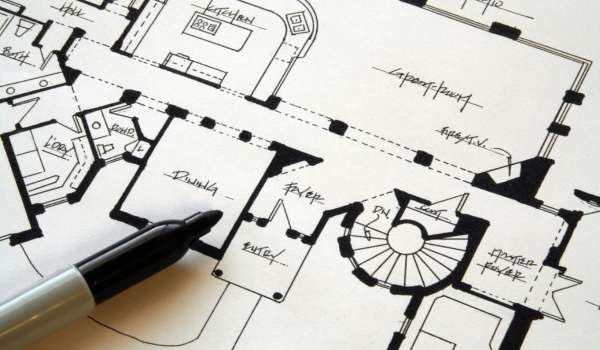
Because a custom house is made just for you, it differs from other housing alternatives. A bespoke house is the result of your vision, as opposed to pre-designed or production homes, which provide little uniqueness. Everything is painstakingly created to match your life, from the kitchen’s layout to the facade’s fine details. The benefit? You’re not making any concessions. Rather of relying on pre-existing frameworks, you start from scratch.
However, there are additional responsibilities that come with this independence. You have complete control over every decision, which necessitates active participation throughout the building process. Being aware of this might help you establish reasonable expectations for the time and work. It’s needed to create a house that accurately captures who you are.
How Much to Spend on a Custom Home

The foundation of every successful custom house project is budgeting. What starts as a dream might easily turn into a financial nightmare in the absence of a defined financial blueprint. Begin by drafting a reasonable budget that accounts for every aspect, from interior decorations to land acquisition. Keep in mind that there can be unforeseen expenses for things like site preparation, permits, and improvements. That weren’t part of the original design.
Additionally, research financing choices that fit your needs, such as construction loans. That provide greater flexibility throughout the building phase or conventional house loans. Though it may be tempting to overspend on certain luxuries, it’s crucial to have money set aside for unanticipated costs.
Selecting the Ideal Site for Your Custom House

Your custom home’s location affects not just the view but also the house’s utility, design, and cost. It’s important to take into account elements like the neighborhood’s compatibility with your lifestyle and its accessibility to jobs, schools, and other facilities. Knowing local construction laws and regulations is essential, regardless of personal preferences. It’s crucial to choose a lot where your ideal home is possible since these regulations might specify everything from the materials you can use to the height of your house.
Additionally, the design of your custom house will be influenced by the land’s geographical characteristics, like drainage, soil quality, and elevation. A stunning setting is just the first step; whether or not it is really a good match for your construction will depend on practical factors.
Putting Together the Ideal Group for Your Custom House

The foundation of every successful custom house project is a well-organized staff. Start by choosing a builder and architect whose portfolios suit your practical requirements and aesthetic tastes. You can navigate the technical aspects of house design and building with their help. Developing a solid rapport with your contractors is essential; open communication and trust will reduce miscommunications and guarantee a more seamless procedure.
Remember to include additional experts, including landscape architects and interior designers, whose work may transform your custom house from ordinary to exceptional. One nail and block at a time, the proper crew can turn your dream of a bespoke house into a tangible reality.
Important Considerations for Creating Your Ideal Home
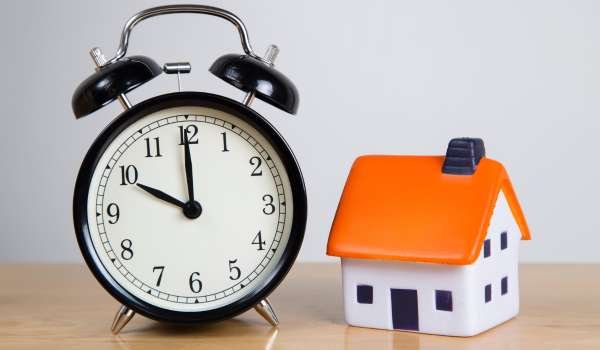
It is both thrilling and difficult to design a bespoke house. Making the distinction between your requirements and desires is one of the first stages. You may be drawn to a gorgeous feature wall, but will it improve your quality of life there? Think about how your family’s way of life could change over time. As your family expands, an open-plan arrangement can become separate living areas, or a spare room might be converted into a nursery tomorrow.
When creating a bespoke house, it is crucial to consider future-proofing. Additionally, you may balance what is classic and what is distinctively you by keeping up with current design trends, such as minimalist interiors or architecture that emphasizes sustainability.
Recognizing the Schedule for Custom Home Construction
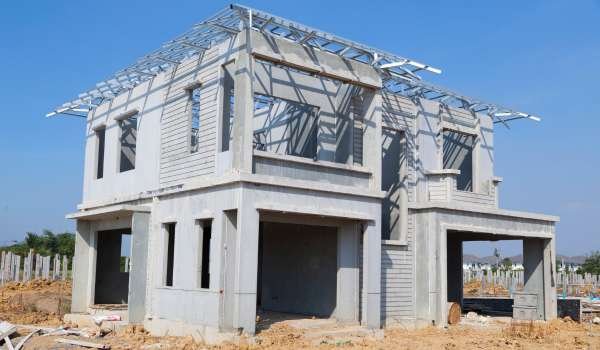
Building a custom home doesn’t necessarily have a set time frame. Although the average construction period may range from 10 to 18 months, a number of variables, including supply chain interruptions, weather, and delays in obtaining permits, might impact this timeframe. Staying grounded in the process is facilitated by being aware of important milestones, such as finishing structural work, acquiring permissions, and finalizing the design.
Managing expectations is also essential since delays are often. You may keep on course by putting solutions in place, such as flexible scheduling or proactive material ordering. You may enjoy the process without feeling overburdened by time constraints if you are patient and prepare ahead.
Energy Efficiency and Sustainability in Custom Homes

Demand for sustainable, energy-efficient houses is rising along with environmental consciousness. Using environmentally friendly materials, such as recycled steel or bamboo flooring, may improve the longevity of your house while simultaneously lowering its carbon footprint. Long-term utility expenditures may be reduced by selecting energy-efficient systems. And equipment, such as solar panels, geothermal heating, and high-efficiency windows. These decisions also raise your bespoke home’s worth.
Sustainability is more than just a catchphrase. It’s a useful strategy for designing a house that is more economical and environmentally friendly. In fact, a well-planned, energy-efficient house may save money and provide comfort for many years to come.
Creating a Climate-Friendly Home

Comfort and longevity are guaranteed when you build a house that is appropriate for the climate in your area. Your new home’s design should adapt to the local climate, whether you reside in an area that has severe winters, excessive humidity, or intense heat. For instance, high-quality insulation may save energy costs while keeping your house warm throughout the winter. Low-emissivity window coatings assist regulate interior temperatures, keeping houses cool throughout the summer.
Whether it’s mold-resistant drywall or hurricane-proof glass, long-lasting materials that can withstand regional weather patterns are crucial to making sure your custom house endures. More than merely useful, a climate-responsive design is an investment in the long-term sustainability of your house.
Managing Custom Home Permits and Inspections

One of the most important steps in creating a custom house is obtaining the appropriate permits. Construction could be postponed or stopped completely in the absence of the required legal permits. Everything from electrical work to zoning is covered by permits, so it’s critical to make sure local laws are followed.
At different points in time, your house will also be inspected for foundation, framing, plumbing, and electrical issues, among other things. By being prepared for these inspections, you can avoid last-minute surprises and maintain the project’s progress. Following these rules ensures that your custom house is safe, sound, and long-lasting in addition to being required by law.
Keeping Aesthetics and Function in Check

It’s easy to get preoccupied with aesthetics—the way each space feels and looks—when creating a bespoke house. But utility should always come first. Your house should be useful in addition to being lovely. Take your floor design, for example. How easy is it to get from one room to another? Does the design of your kitchen make cleaning and cooking more efficient? Storage options like concealed cabinets or built-in shelves may keep your house looking modern while adding much-needed functionality.
Achieving the ideal balance between form and function guarantees that your custom house will appear beautiful and meet the daily demands of its occupants.
Custom Homes and Smart Technology
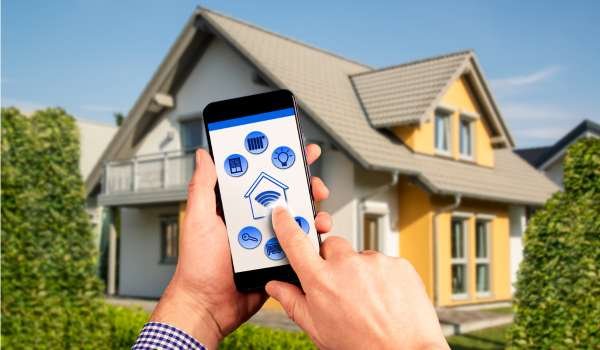
Adding smart technology to your custom home improves efficiency and convenience while also future-proofing your area. Imagine using a single touch on your phone to operate your heating system, lighting, or security cameras. Automated thermostats and other smart home technologies let you conserve energy without sacrificing comfort. Smart appliances, security monitoring systems, and voice-activated assistants are becoming commonplace in contemporary bespoke houses rather than being extras.
Early consideration of these technologies at the design stage guarantees smooth integration and reduces the need for further retrofits. It’s a contemporary wonder when your house learns your habits, adjusts to you, and provides an additional layer of protection.
Organizing Your Custom Home’s Outdoor Spaces
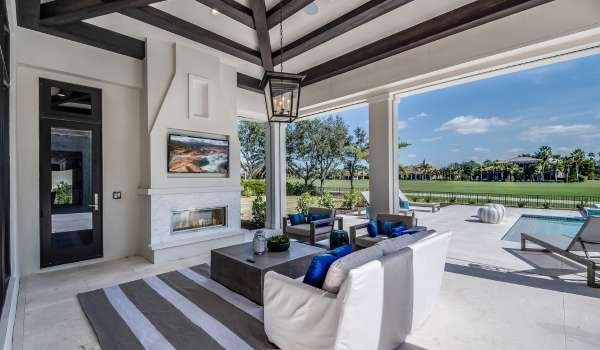
Your new home’s outside area ought to feel like an extension of your inside living spaces. Planning for these areas early in the design process is essential, regardless of your vision for the space. A large patio, an outdoor kitchen, or a tranquil garden. Your home’s architecture may be complemented by outdoor living spaces that provide other uses such spaces for entertaining, gardening, or just lounging.
Your home’s seclusion and aesthetic appeal may both be improved with landscaping. You may improve your outside area and make your house a more enjoyable place all year round by adding features like a vegetable garden, fire pit, or water feature.
The Value of a Flowing Floor Plan

By making sure that every area flows seamlessly into the next, a well-designed floor plan brings harmony to your house. Because they promote connection and give the impression that the house is bigger, open layouts—where the kitchen spills into the living area—are quite popular. Delineating areas that need solitude, such bedrooms, baths, or home offices, is equally crucial.
Think about how traffic will move through your house, particularly when family get-togethers or activities are taking place. A feeling of openness and letting natural light into your house are also greatly influenced by the positioning of windows and doors. Carefully considered floor plans result in a house that seems natural and works effectively.
Choosing the Right Materials: Important Information for Custom Home Construction
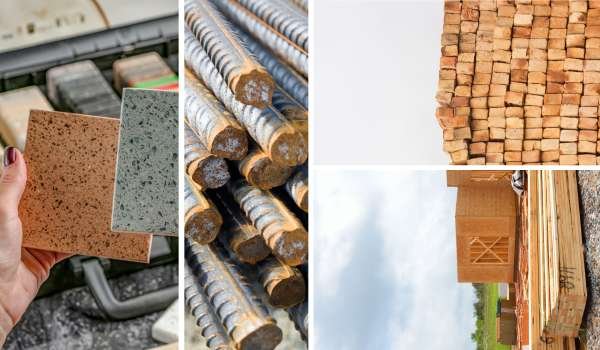
Selecting the appropriate materials for your custom house is a science as well as an art. When choosing materials, durability, style, and pricing must all be taken into consideration. Solid wood cabinets, hardwood flooring, and natural stone may lend classic beauty, but they could need more upkeep than synthetic substitutes. Conversely, engineered materials, such quartz worktops or composite decking, provide contemporary benefits like minimal maintenance and scratch resistance.
Cutting costs on materials may save money up front, but it may result in expensive repairs or replacements later on. Quality should always come first. The materials you choose will determine how your house feels and works for many years to come, in addition to how it looks.
Adapting Spaces to Your Way of Life
Every area in your new home should be designed to meet your unique requirements and should represent the way you live. For instance, if you like cooking, your kitchen should be designed with plenty of work space, top-notch equipment, and effective storage options. Similarly, a soaking tub and rainfall showerhead might turn your bathroom into a spa-like haven if you value relaxation.
With consideration for seclusion, temperature management, and lighting, bedrooms should be designed to evoke a feeling of tranquility. Consider how you want each area in your house to feel and work, since each place has the ability to improve your living.
Tips for Saving Energy in Custom Homes

Modern dwellings must be energy efficient; it is no longer only a fad. You may drastically cut your energy use and utility costs by making wise design decisions throughout the construction phase. The energy footprint of your house may be effectively decreased by installing energy-efficient windows and doors, providing enough insulation, and selecting energy-efficient equipment.
Another great choice for bespoke houses is solar energy. In addition to providing electricity for your house, solar panels may enable you to sell extra energy back to the grid. Reducing the demand for heating and cooling may also be achieved by using passive solar architecture, which involves positioning your house to maximize sunlight.
Resale Value’s Impact on Custom Home Design
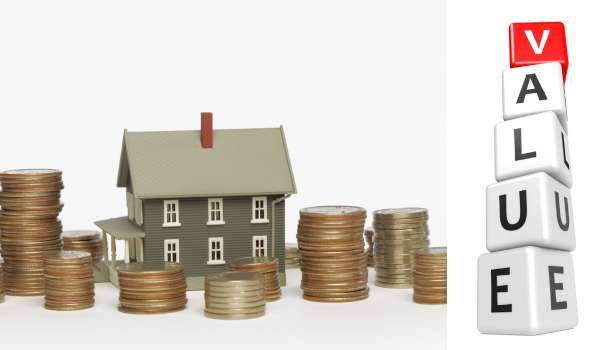
Although a custom house is made for you, it’s a good idea to think about how much it will be worth when you sell it. If you ever decide to sell, a well-designed house with appealing features can draw in new purchasers and help you recover your investment.
A well-planned floor plan, contemporary appliances, and energy efficiency are just a few of the characteristics that may dramatically raise the value of your house. Extreme or highly customized design choices, however, could reduce your consumer base. Your property will continue to be appealing to you and future purchasers if you strike a balance between personalization and classic charm.
Customizing Your Home: From Finishes to Fixtures

Your own style will come to life when you customize your bespoke house. Every element, from worktops to lighting fixtures, should complement the overall design while expressing your own preferences. In order to prevent your house from becoming outdated in a few years, use finishes that combine classic features with contemporary styles.
Another approach to create an opulent effect without going over budget is to combine expensive materials with less expensive ones. For instance, use less expensive cabinet hardware but invest on high-end kitchen equipment. With careful finish selection, you may create a unified style that is inviting and intimate.
Building a Unique House That Expands With You

You should be able to modify your custom house to accommodate your changing demands. A expanding family, aged parents, or a change in how you utilize your space are all examples of life changes that should be taken into account from the start of the design process. Your house can stay useful as your lifestyle changes with the help of multipurpose rooms, adaptable layouts, and accessible design elements.
For instance, a guest room may be transformed into a home gym, or an office can eventually be transformed into a nursery. Wider entrances, zero-threshold showers, and non-slip flooring are examples of aging-in-place solutions that can improve accessibility without compromising aesthetics in your house. You will continue to benefit from a well-designed house throughout your whole life.
Final Punch List and Walkthrough: Things to Verify

The final walkthrough is your chance to check the work and make sure everything lives up to your expectations as your custom house gets closer to completion. Now is the moment to make sure everything is in working order, from the fixtures and finishes to the electrical, plumbing, and heating systems.
Any last-minute changes or corrections that must be made before you formally assume responsibility are included in your punch list. Pay attention to little things so they may be fixed, such paint touch-ups, cabinet alignment, or flaws in the flooring. A thorough walkthrough ensures that there are no significant problems and that your property is completed to your satisfaction.
Read more : How Much Does It Cost To Build A Custom Home
What to anticipate when you move into a custom home
Although moving into your new house is an exciting day, it also needs cautious preparation. Make sure everything is set up before you move in, including utilities and necessary appliances. To make sure your place is pleasant and useful right away, take your time unpacking and arranging each area. Another crucial consideration is maintenance; plan regular inspections for your plumbing, HVAC system, and any installed smart home equipment.
Maintaining your property properly will safeguard your investment and maintain it in immaculate shape for many years to come. Enjoy the adventure you’ve been on as you settle in; your hard work has paid off, and you now live in a house that was created just for you.
